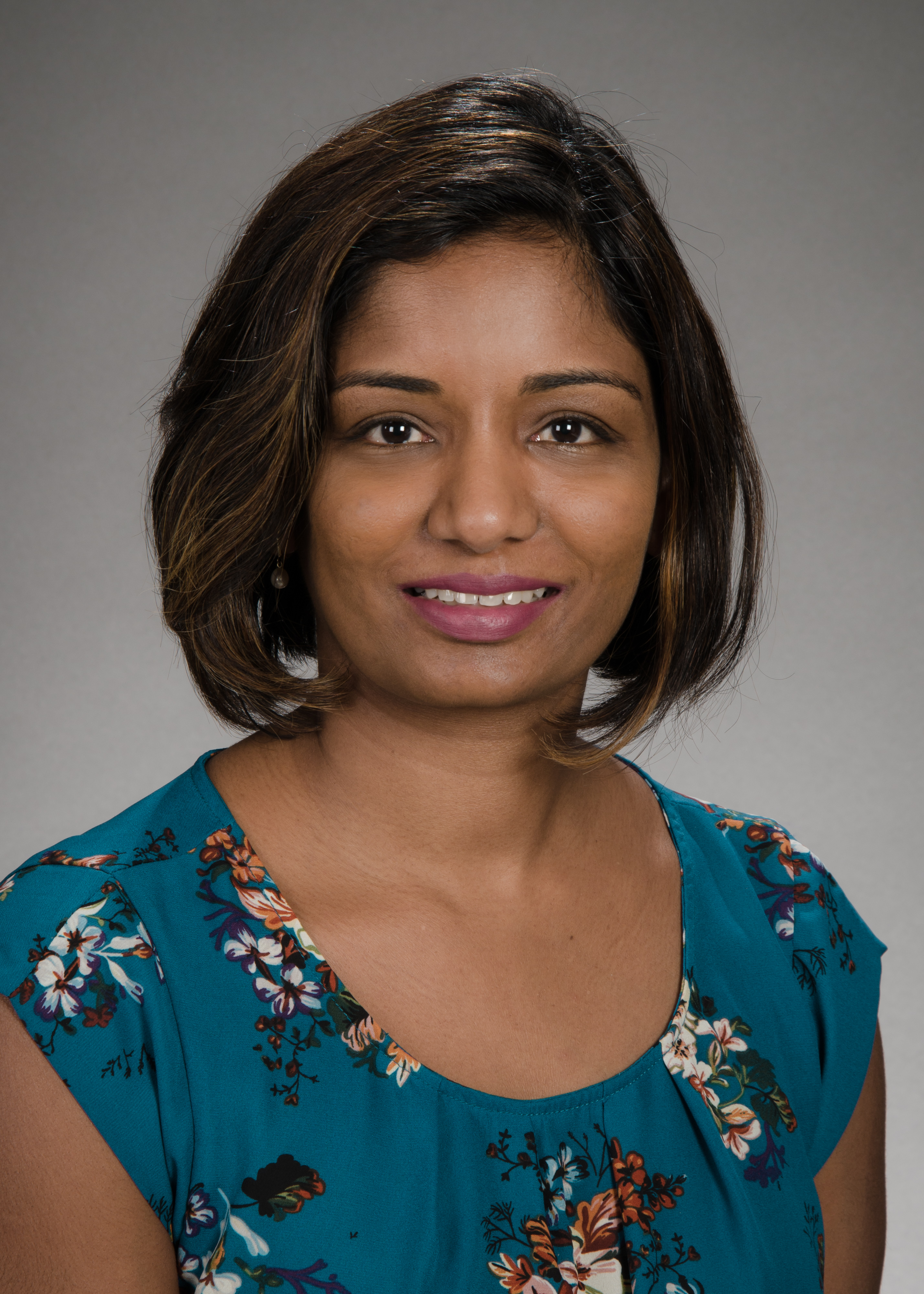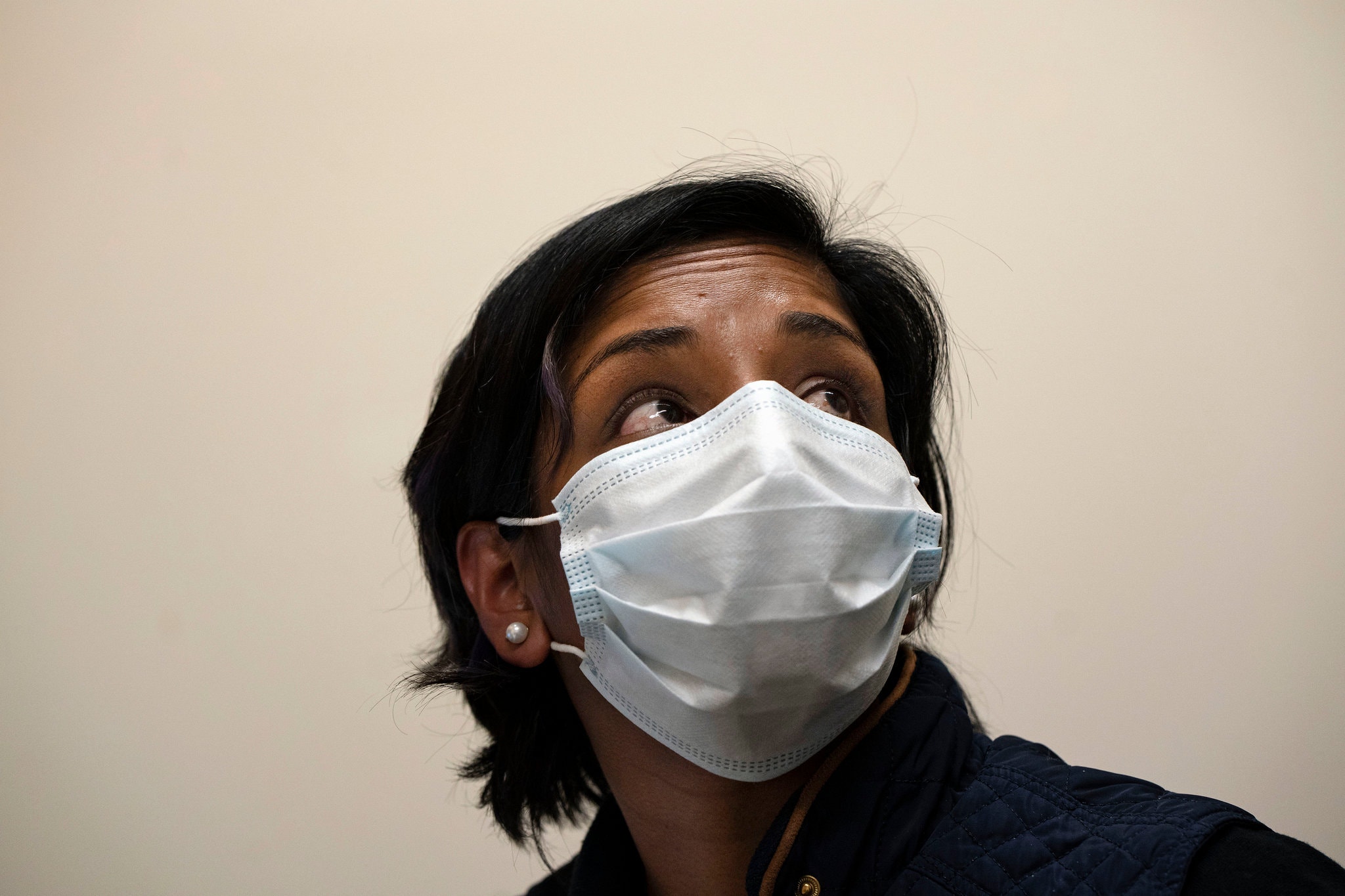BCB Alumni Feature: Pavitra Roychoudhury
May 22, 2020
Pavitra Roychoudhury has been around the world for her education and career. Her path has run from India, Nigeria, Ghana, and Singapore to Idaho and Washington state, where she currently resides. A graduate of the University of Idaho’s Bioinformatics and Computational Biology program, she is using her training and experience to help answer questions about the SARS-CoV-2 virus (COVID-19) through genomic sequencing.
At the Intersection of Engineering and Medicine
Roychoudhury has always wanted to be a biomedical engineer—applying the problem-solving techniques of engineering to diseases and the human body. “I saw myself as being in that space between medicine and engineering,†she says. The desire to be at the intersection of both disciplines “shaped my education and research career path. Although I didn’t realize it at the time, I made choices that took me along this path.†Some of those choices led her to a hospital research position after completing her master’s degree at Nanyang Technological University in Singapore, where she developed machine learning methods to identify patients more likely to need hospitalization due to heart conditions.
The plan to pursue a doctoral degree came from Roychoudhury’s desire to work in an academic research environment. “I like the flexibility that comes with it—the ability to choose your direction and shape your research path.†Her decision to come to Idaho, however, was the result of a job posting that she happened across. U of I mathematics professor Steve Krone was looking for a research assistant to study the evolution of viruses using mathematical models. Although this was much different from her prior work, she was sold after learning about the collaborative and interdisciplinary nature of the BCB program and IBEST from Dr. Krone. The prospect of moving halfway across the world was intimidating, but Roychoudhury had moved enough in her life to take it in stride. Another major transition for her was switching disciplines from engineering to evolutionary biology. “I had a lot of fun and was challenged exploring this new space. It was like learning to speak a new language—ecology and evolution—but there were things I could translate from my past work like programming and math.â€
Roychoudhury says another reason she came to Idaho was the opportunity for funding while pursuing her doctoral degree. She says that broadly, a research assistantship was what she was looking for, although she didn’t know it in those words. The research assistantships she held throughout the BCB program provided protected time to focus on her projects, attend conferences to present her work, and develop skills in writing and science outreach.
After completing her doctorate in the BCB program, Roychoudhury set out looking for postdoctoral research opportunities, and a job posting led her to the Fred Hutchinson Cancer Research Center to develop mathematical models to study herpes simplex virus 2. Roychoudhury says, “Again, I had to switch gears and learn new things, but I could also apply a lot of what I’d done as part of my thesis work. It was surprisingly easy to adapt the model of bacteriophage on a plate of agar to describe the spread of herpesviruses in tissue.†From there she went on to do a second postdoc at the University of Washington, where she is still doing influential work today.
Understanding the Virus
Image by Ruth Fremson, The New York Times

Roychoudhury is currently leading a team of scientists at the UW Virology lab in sequencing the genome of SARS-CoV-2. Samples from individuals who tested positive for COVID-19 are sent to the lab, where Roychoudhury and colleagues attempt to extract the genome of the virus from the sample. She says that the virology lab has “been driving the bulk of testing within Washington state—we were among the first to have this clinical test for SARS-CoV-2 up and running.†The rapid development of their testing process is thanks to the lab’s expertise and long history and expertise of testing for many different viruses. Roychoudhury works with wet lab scientists to translate raw sequencing data into annotated genome sequences that are deposited to public repositories.
Working quickly and efficiently has been crucial. “The sequence of the virus helps us understand how samples from different parts of the world might be connected based on how similar they are; it helps us understand transmission; and it helps other scientists choose vaccine and drug targets.†This project has been a huge team effort between Roychoudhury, UW wet lab scientists, and informatics staff as they gather metadata from their samples and deposit sequences into public databases for people around the world to use. Their work has been featured in many media outlets including the New York Times and National Public Radio.
While developing a new testing system and workflow for sequencing, the team has overcome many challenges. Roychoudhury describes the work as intense and nonstop. “With Washington being among the bigger outbreaks initially, there was intense pressure to get this information and share it quickly so we can all work together to understand it.†In the initial stages of the project, developing workflows and tools was the biggest hurdle because the sequencing needed to not only be rapid, but accurate, as any errors could have public health implications. After building up the necessary capacity and infrastructure, the team has moved at an incredible pace. “We just crossed 1,000 samples deposited from our lab alone,†says Roychoudhury. She says that being part of the massive global effort to combat this disease has been hugely humbling and rewarding. “It’s an incredibly exciting time to be in science.â€
The Evolution of Research Interests
The sequencing work Roychoudhury is doing now is an extension of her past projects and education. Previously, she had focused more on modeling than bioinformatics. “I think I knew that I liked [sequence analysis], but my projects didn’t lend themselves to a whole lot of bioinformatics early on.†Once Roychoudhury began doing data analysis as a collaboration with Keith Jerome at UW, she realized her training in the BCB program was helpful because it had taught her many of the fundamentals. She remembers a high-performance computing course she took at the U of I that was hugely useful when she came to UW. “I didn’t get much of an opportunity to use the ‘B’ part of my BCB training for my doctoral thesis, but it has definitely come back and been very important here.â€
Roychoudhury doesn’t believe this pandemic will drastically change the course of her work in the future because of the variety of areas that she works in. Her interdisciplinary work makes her an embodiment of the BCB program. She has ongoing modeling projects and will continue to work on bioinformatics after her current sequencing project ends. Prior to the COVID-19 outbreak, she was sequencing herpesviruses and studying HIV, and expects to have similar work in the future. “It’s very humbling. I’m getting to work with some incredibly talented scientists at the Hutch, at UW, as well as globally.â€
Looking back over her past career opportunities, Roychoudhury says they all “reaffirmed this belief that I wanted to do something at this interface between biology and engineering. It seems obvious now because there are so many interdisciplinary programs like BCB around the world, but there weren’t that many 11 years ago.†She says it was enlightening to see how fundamentally differently doctors and engineers think about the same problems. Studying in a combination of both fields “was challenging, but also interesting because it allowed me to learn the skills to navigate those different personality types and disciplines.†She believes being part of IBEST was an important part of this training. While it may be more common now, Roychoudhury thinks that the U of I was progressive in having a mechanism like IBEST. “Not only did you have the different disciplines, but you also had people at every level of training—from undergrads to senior faculty—sitting in a room having lunch together and discussing scientific problems,†she says, remembering IBEST lunches.
Roychoudhury appreciates the importance of the opportunities she had and people she interacted with at the U of I, particularly her mentors. She remembers Paul Joyce, who had a big part to play in her interest in science outreach. “He took us to College of Science events across Idaho to talk about science to children in school. That’s what really got me on this path of communicating science and doing outreach.†She also is thankful for her mentor Steve Krone. “So much of your success in grad school is attributable to your mentor, and Steve was amazing. He gave me the space to explore different paths, try out different things, make mistakes, and also advise me and bring me back to reality when it was needed. He played a big part in shaping who I am as a scientist.â€
Article by Katy Riendeau
IBEST Design & Marketing Coordinator